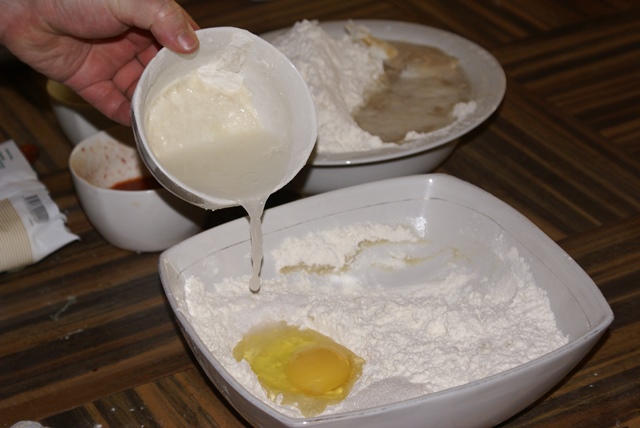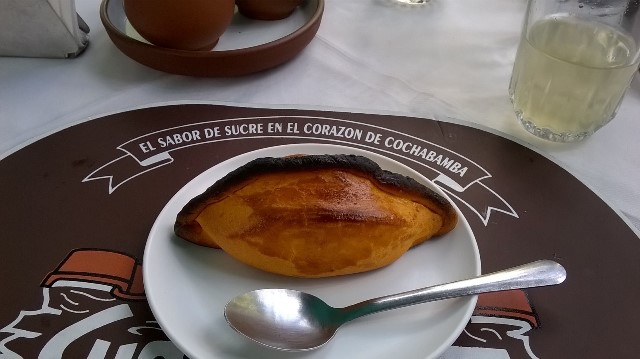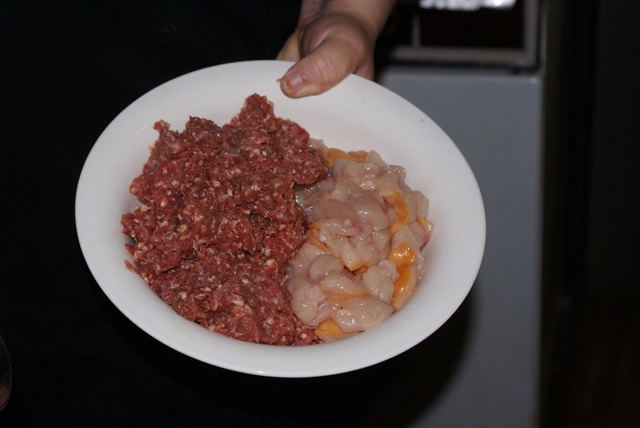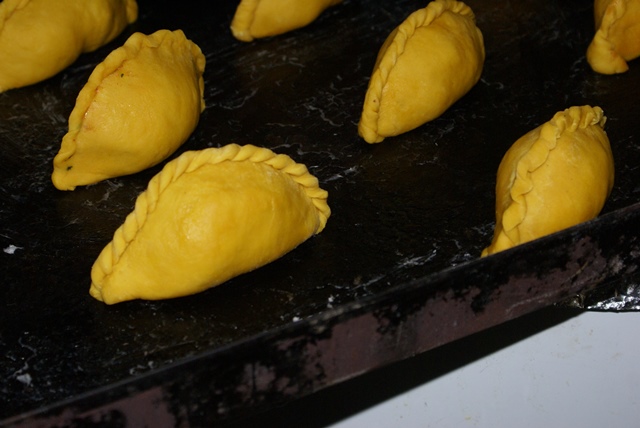An article by Hans-Herbert Dörfner, an expert with the Senior Experts Service (SES), a Foundation of German Industry for International Cooperation, Bonn
The Senior Experts Service sends out experts all over the world to communicate knowledge gained from their specialist area to the population in the destination countries. But what happens when, in the country in which he is deployed, an expert comes into contact with interesting products which, although they do not overlap with his area of expertise, do reveal deficiencies in his knowledge about the manufacture and composition of these specialties? That happened to me in Bolivia. The specialty offered in Cochabamba restaurants is called Salteña.
This baked item, which to a German observer looks externally simple, has some special features that will now be followed up. To ensure the necessary competent answers to my technical questions, I enrolled for a basic course given by a specialist.
The signboard was very promising. I thought the course instructor’s name, Anita Lehmann, sounded German. The lady did indeed have German ancestors who had emigrated to Bolivia after World War II. The German language had been lost over the course of generations, and the course took place in Spanish for the benefit of the participants, the great majority of whom were South American.
The baked product is filled, e.g. with carne (minced meat) or pollo (chicken fillet). When all the preparations were complete, the fillings were prepared in a pan with onions.
Bolivian cuisine does not economize on herbs and spices. When we Central Europeans find that eating this food takes our breath away, a Bolivian would then consider the dish to have just the right amount of seasonings.
The fillings are fried in pans, and in the final phase cooked vegetables (e.g. peas, leeks, South American potatoes etc. etc.) are added and the hot mix is deglazed with water and gelatin. In this respect the gelatin has a special function, which will be dealt with in more detail later.
The mix is then poured into molds and stored in a refrigerator.
The dough preparation also has some peculiarities: the ingredients are wheat flour, eggs, salt, melted fat, yeast, water and a vegetable food coloring to give the dough an appetizing yellow color. The question as to whether European food inspectors might suspect this to be customer deception will not be examined any further at this point.
“Learning by doing” was the order of the day, and for some of the participants it was their first experience of dough.

The dough preparation with wheat flour, eggs, salt, melted fat, yeast, water and a food coloring © Dörfner
The portioned dough pieces are prepared with a rolling pin, and the filling is introduced. Let us remember that the filling contains gelatin as binder. The mix has solidified in the refrigerator, and thus there are no problems when measuring it out. The filled dough is now shaped into a pasty, closed and sealed. However, what looks easy and simple requires special skill.
The edge of the pastry case is folded over itself again to ensure that the filling, which liquefies again during baking, does not leak out. And this is what a perfectly formed closure of a Bolivian Salteña looks like.
The pasty cases are put onto baking trays and baked at a temperature of 210°C for 25 minutes. Marginal note: Cochabamba – which is where the baking course took place – is at an altitude of 2,800 meters (ca. 9,200 ft.). The baking temperature and baking time must be adjusted to local conditions if necessary.
After being baked, the deliciously tasty Salteñas were a success and were swiftly consumed by the course participants.
Much of the evening course with Anita Lehmann seemed strange to me. The preparation of the specialty, and the teamwork with the Cochabambinos (which is how the residents of Cochabambas refer to themselves), gave me a lot of pleasure and allowed me some insights into the South American lifestyle.




